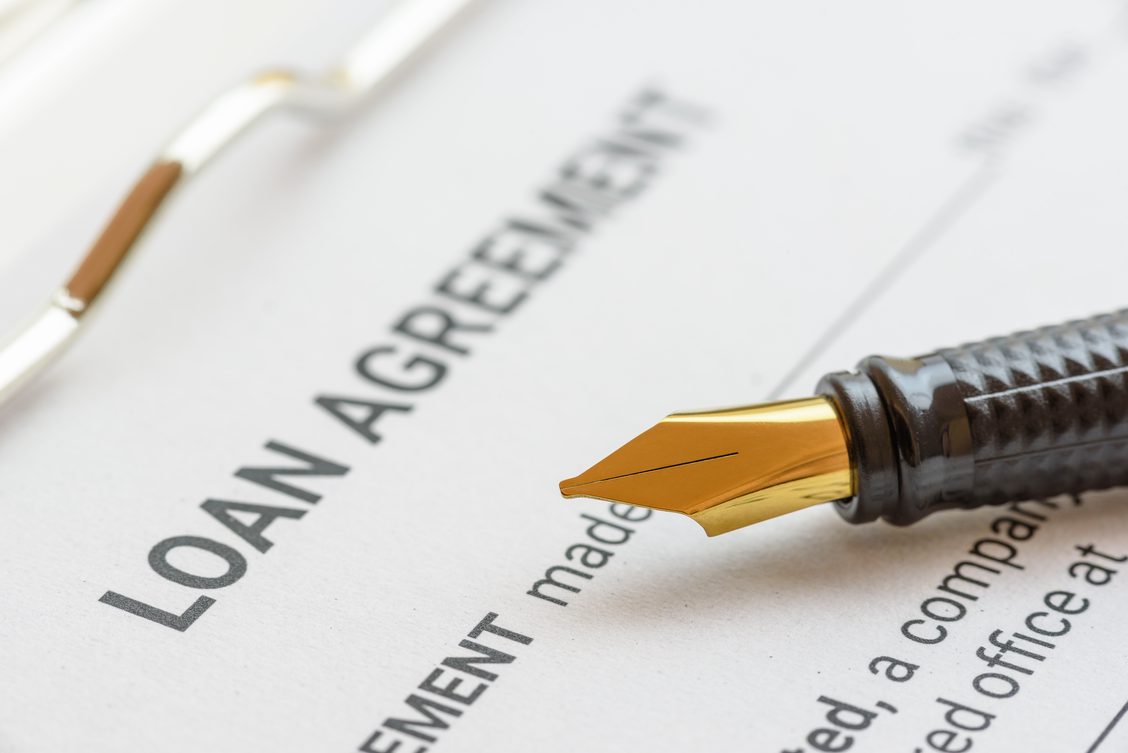
Let’s face it: electrification can be expensive. Just installing an air source heat pump will often cost $10,000 – $15,000 for a 2,000 square foot house. Upgrading from gas appliances to a heat pump water heater, electric dryer, and/or induction stove can add even more to retrofit costs.
Unfortunately, three in five Americans are living paycheck-to-paycheck according to LendingClub’s latest report. If already strapped for cash, it can be difficult to justify spending on decarbonization.
Luckily, paying upfront for energy upgrades isn’t the only option. In this article, we’ll look at some financing options for homeowners of all income levels to decarbonize and electrify their spaces.
Low-Interest Loans
Did you know that there are dozens of low-interest loan programs allocated specifically for electrification and energy efficiency upgrades? Let’s take a look at two examples.
In California, customers of the three major investor-owned utilities can take advantage of GoGreen Financing. The program is backed by the state, and meets 100 percent of the cost for appliance upgrades, insulation, and lighting. Notably, it’s available for people with credit scores as low as 580 (as opposed to 640 for similar loans).
Additionally, GoGreen allows lenders to extend their loan terms as far as 15 years. That’s perfect to slowly pay off an air source heat pump and still enjoy 5-10 years of savings afterwards.
Other programs, such as the New York State Energy Research and Development Authority (NYSERDA) On-Bill Recovery Loan, allow customers to pay for their retrofits through monthly energy savings. The amount paid by the utility customer cannot exceed the savings generated by the project.
This payment structure is also called Pay as You Save and is an inclusive option for lower-income homeowners.
What’s a Good APR for Decarb Projects?
With so many loan options out there, it can be difficult to know which are truly “low interest.” Thus, it’s helpful to be aware of current interest rates.
The current prime rate (the rate at which banks lend to their least-risky customers) sits at 7.75 percent, a huge jump from last year. The prime rate is a good indicator of how much it costs to borrow money for home upgrades of all types.
Our earlier example, California’s GoGreen program, provides APRs (annual percentage rates) at 4 percent for long-term repayment plans, far lower than a traditional home equity loan.
All-In-One
Over the past decade, another financing option has emerged: turnkey energy upgrade providers like Sealed, BlocPower, and Elevate, just to name a few.
These companies handle the entire home electrification process, from performing energy audits, to choosing and installing appliances, and many even monitor performance. Vertically integrating all these steps saves the customer both money and a headache.
All three companies mentioned above provide a variety of benefits beyond what you’d get from a traditional loan, such as project management and guaranteed savings. Sealed, for instance, charges customers $0 for the month if they don’t see a reduction in their power bill.
To learn more about how Elevate and BlocPower are helping homeowners finance their electrification projects, check out the fifth episode of Buildings Hub Live.
|
Photo Credit: Loan agreement concept by William Potter via Shutterstock |



